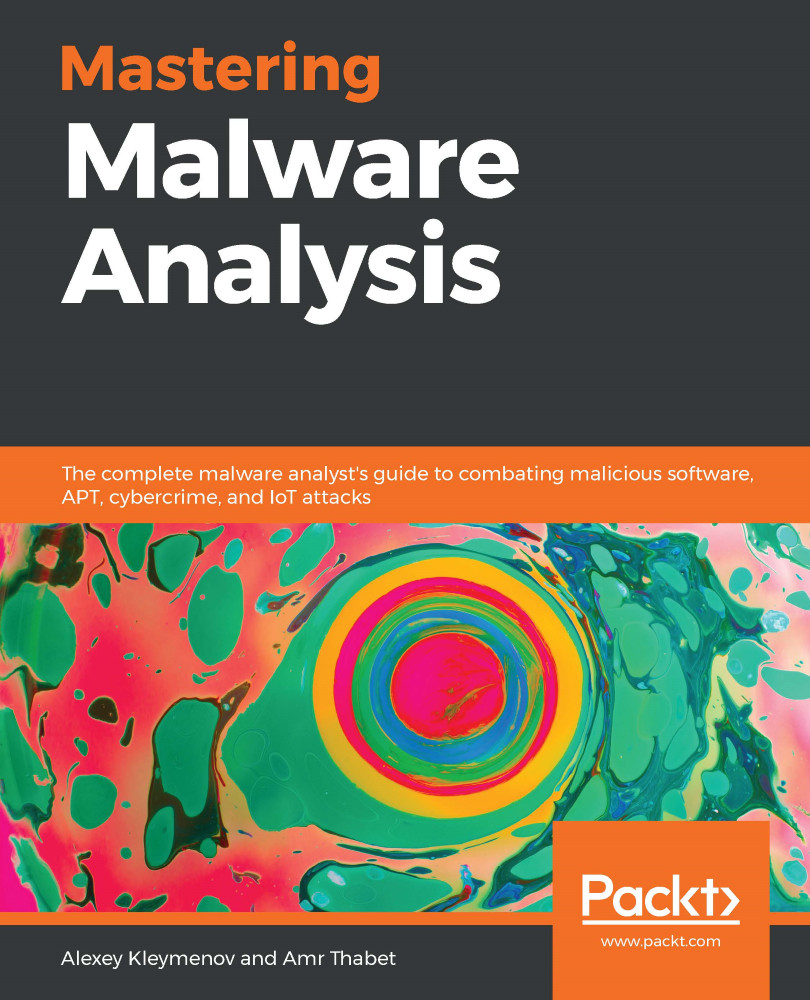There are multiple ways to modify the sample code for deobfuscating, simplifying the code, or forcing the execution to go through a specific path. The first option is to use the Dnspy patching capability. In Dnspy, you can edit any method or class by right-clicking, selecting Edit Method (C#), modifying the code, and recompiling. You can also export the whole project, modify the source code, go to Edit Method (C#), and click on the C# icon to import a source code file to be compiled by replacing the original code of that class. You can also modify the malware source code (after exporting) in Visual Studio and recompile it for debugging.
In Dnspy, you can modify the local variables' names by selecting Edit IL Instruction from the menu and selecting Locals to modify them by their local variable names, as shown in the following screenshot. In regards to the classes and methods, you can modify their names just by updating them in Edit Method (C#) or Edit Class...


